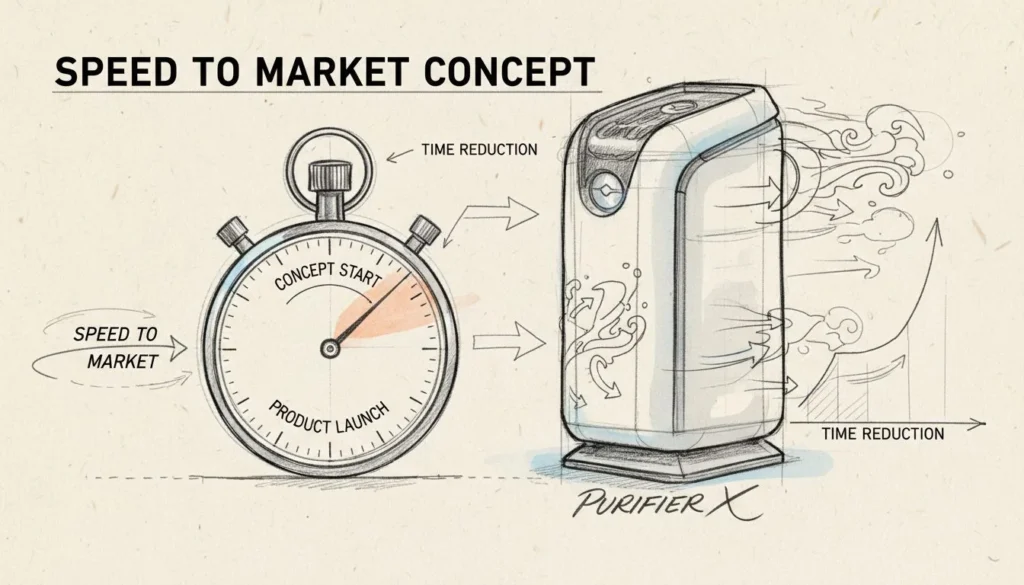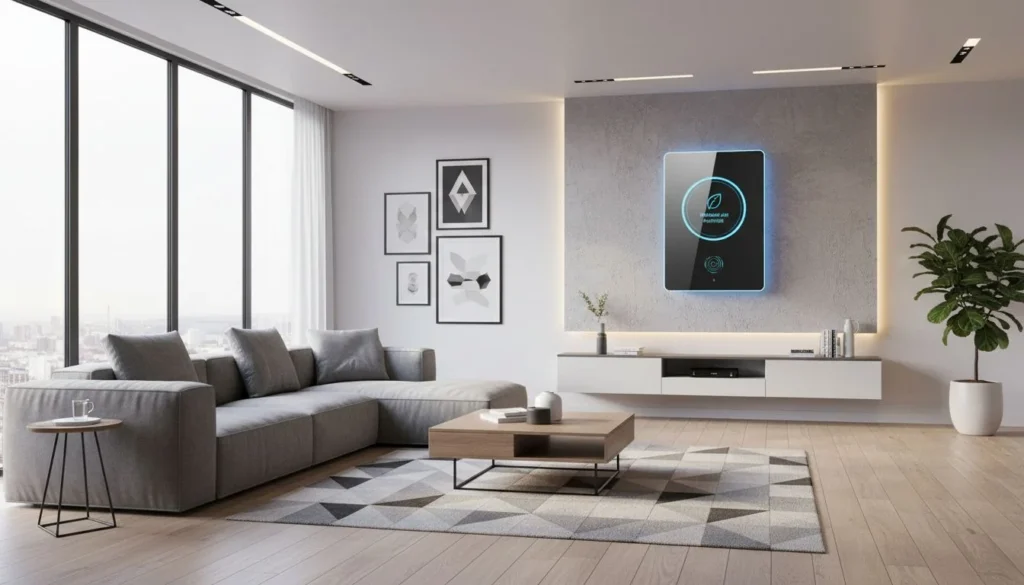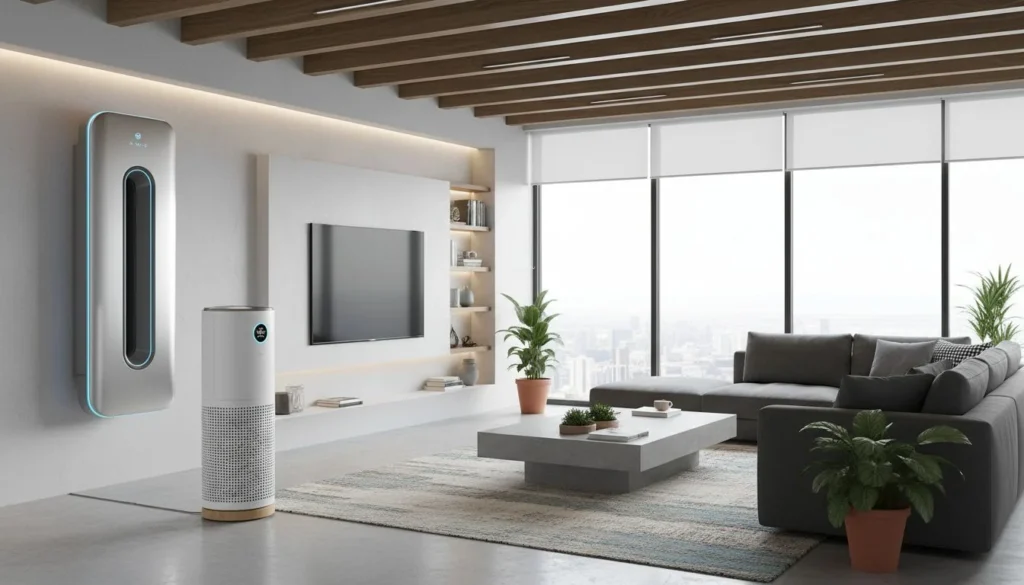
空気清浄機をどこで製造するかを決めるのは、岐路に立たされたような気分になることがある。
中国は、その包括的なサプライチェーン、先進技術、コスト効率の高い製造により、空気清浄機の生産において一般的に優れている。しかし、地政学的要因や関税の関係から、タイが代替国として台頭してきている。
中国の優位は明らかだが、タイの役割の増大も見逃せない。両国の強みと課題を深く掘り下げ、十分な情報に基づいた決断を下せるようにしよう。
中国はタイよりも空気清浄機の生産コスト効率が高い。真
中国は人件費が安く、規模の経済があるため、費用対効果が高い。
中国が空気清浄機製造のリーダーである理由とは?
中国の空気清浄機製造における実力は、強固なサプライチェーンと技術の進歩に起因する。
中国は、その広範なサプライチェーン、最先端技術、コスト効率により、空気清浄機の製造において秀でている。
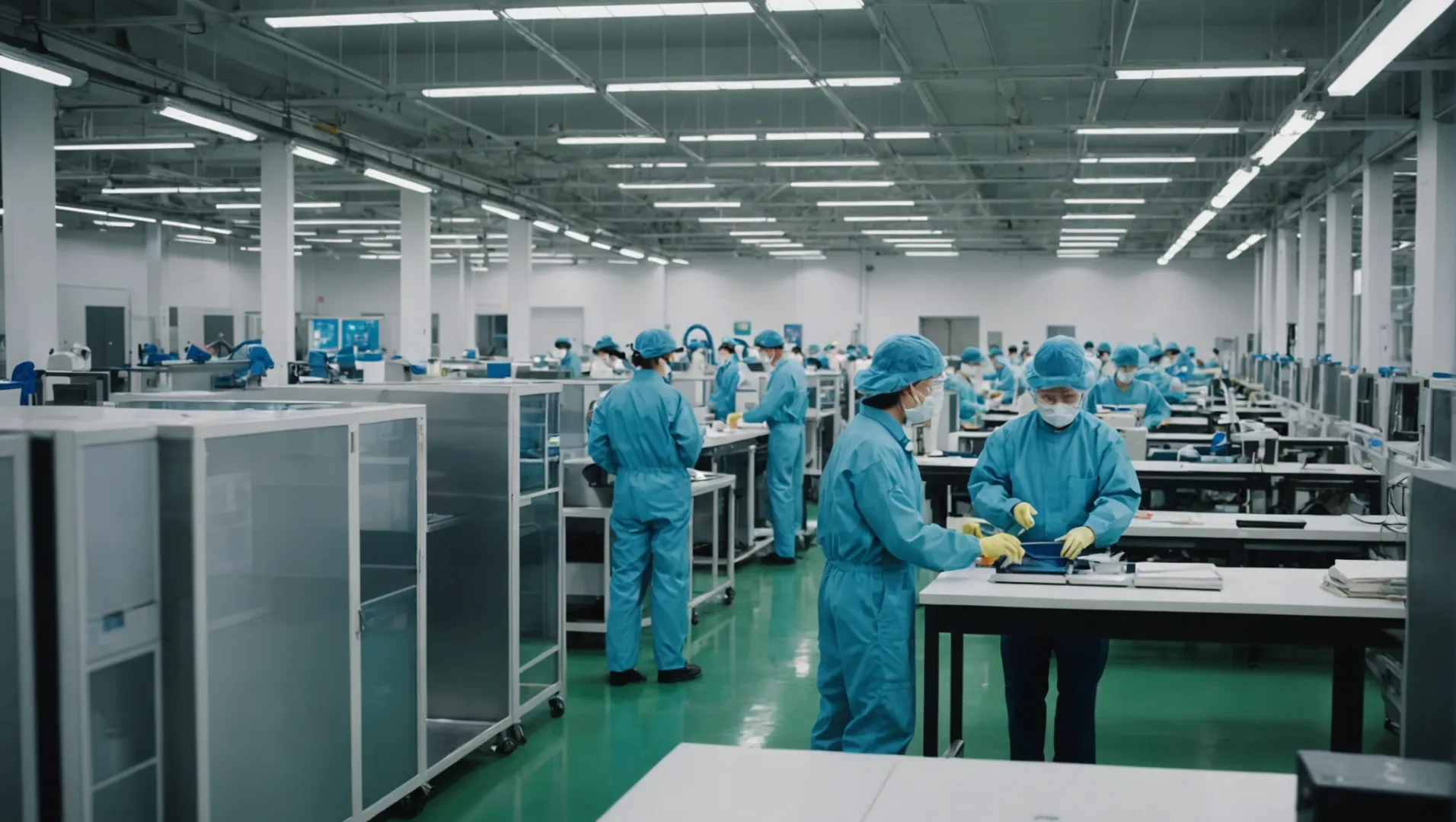
包括的なサプライチェーン
空気清浄機製造における中国の優位性は、その確立された技術によるところが大きい。 サプライチェーンネットワーク1.このサプライヤーとメーカーの複雑な網の目により、原材料と部品のシームレスな流れが確保され、リードタイムとコストが大幅に削減される。必要な部品をすべて国内で調達できるため、メーカーは市場の需要に迅速に対応することができる。
技術の進歩
中国政府のテクノロジーへの投資は、同国の製造能力を新たな高みへと押し上げた。高度な自動化と革新的な 生産技術2 は、高品質の空気清浄機を効率的に生産することを可能にする。中国メーカーは、以下のようなスマート技術の統合で最先端を走っている。 IoT (モノのインターネット)機能を空気清浄機に搭載することで、機能性と消費者への訴求力を高めている。
費用対効果の高い製造
他の先進国に比べて人件費がまだ比較的安いため、中国は製造コストで競争力を維持している。大規模生産によって達成される規模の経済は、単価をさらに引き下げ、中国製空気清浄機を世界の消費者にとってより手頃な価格にしている。
戦略的な地理的立地
中国の戦略的立地は、アジア市場や世界市場への容易なアクセスを可能にしている。この地理的優位性により メーカー3 により、効率的かつコスト効率よく製品を流通させ、より広範な顧客層にリーチすることができる。
課題と考察
こうした利点にもかかわらず、労働コストの上昇や環境規制といった課題が、中国の優位性を脅かす要因となっている。さらに、世界的な政治情勢と貿易の緊張は、リスクを軽減するために生産拠点の戦略的シフトを必要とする。企業が中国国外に製造拠点を分散させるチャイナ・プラス1戦略の採用は、リスクと機会のバランスを求める企業の間で人気が高まっている。
まとめると、中国はその強固なインフラと技術力により空気清浄機の製造においてリードしているが、現在進行中の地政学的なシフトにより、メーカーが生産戦略を計画する際には慎重な配慮が必要である。
中国の空気清浄機のサプライチェーンは、ほとんどが国際的なものだ。偽
中国の空気清浄機のサプライチェーンは主に国内である。
中国製の空気清浄機にはIoT機能が搭載されていることが多い。真
中国メーカーはIoTのようなスマート技術を清浄機に組み込んでいる。
関税は空気清浄機の生産選択にどう影響するか?
関税は、メーカーがどこで空気清浄機を生産するかに大きく影響し、コストと戦略の両方に影響を与える。
関税は、コスト上昇によってメーカーが空気清浄機の生産を移転するよう促す可能性があり、その結果、調達と立地に関する戦略的決定に影響を与える。
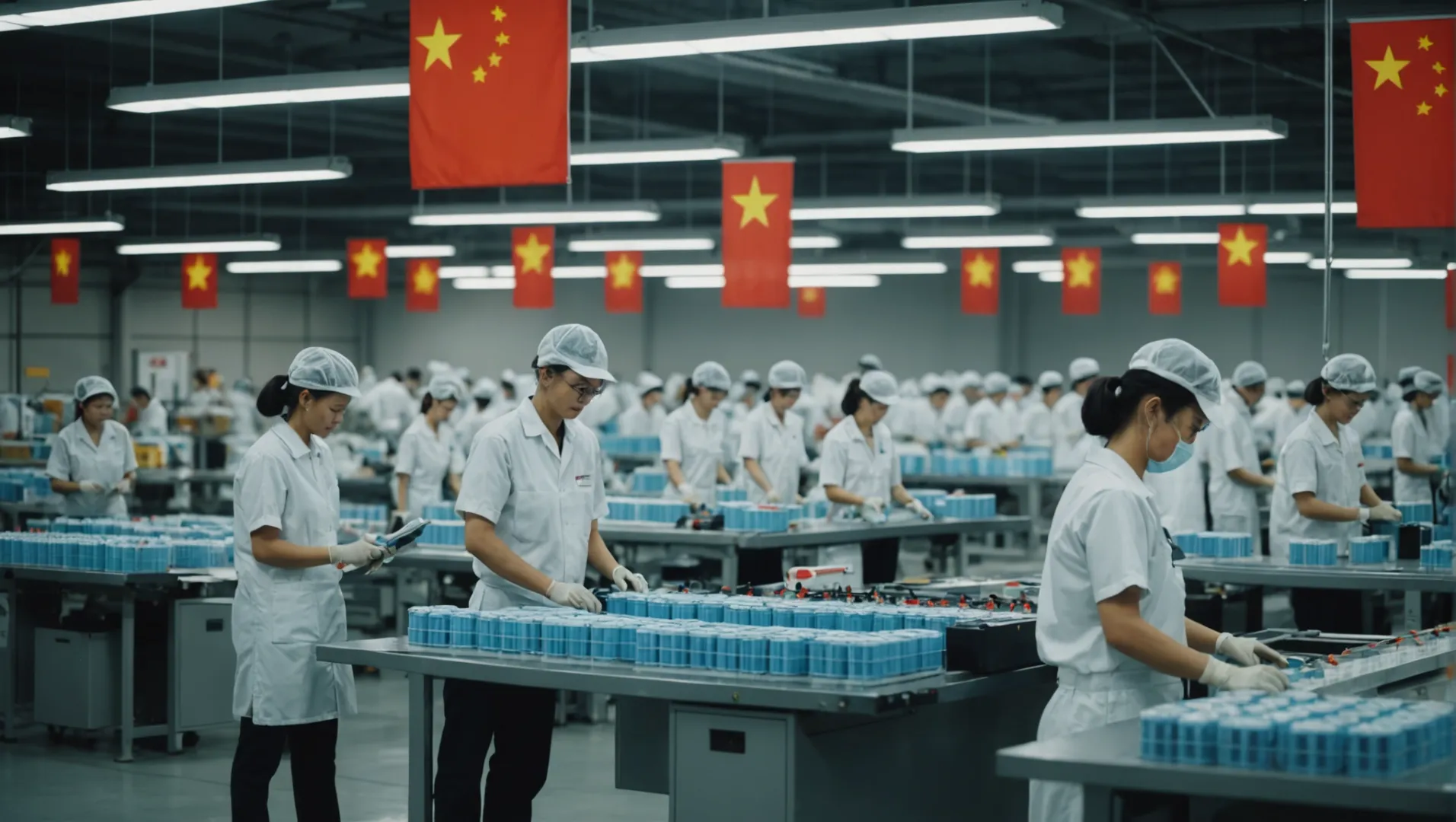
関税とその意味を理解する
関税は輸入品に課される税金であり、世界の貿易力学に多大な影響を及ぼす可能性がある。空気清浄機メーカーにとって、こうした追加コストは生産決定に大きな違いをもたらす可能性がある。例えば、中国から米国への輸出に対する関税が高くなったことで、一部のメーカーはタイなどの代替地を検討するようになった。
中国の関税への挑戦
米国が中国からの輸入品に関税を課したことで、空気清浄機メーカーはコスト増に直面している。このシナリオでは、企業は余分な費用を吸収するか、生産を他国にシフトするかを評価する必要がある。重要な要因は、関税の水準と、中国と他の国での製造のコスト差である。
例えば、米国が中国製空気清浄機に60%の関税を課した場合、中国での生産によるコストメリットは否定され、生産コストは若干高いものの、タイがより魅力的な選択肢となる可能性がある。
| ファクター | 中国 | タイ |
|---|---|---|
| 関税の影響 | 高い | 低い |
| 生産コスト | より低い | より高い |
| サプライチェーンの効率化 | 素晴らしい | 開発中 |
タイの新たな役割
タイは、特に貿易障壁に対応するため、空気清浄機の製造において実行可能な選択肢を提示している。中国の効率性や包括的なサプライチェーンには及ばないかもしれないが、タイは高い関税を回避することで戦略的優位性を提供している。これは、米国市場で競争力のある価格設定を維持するために極めて重要である。
とはいえ、メーカーは 研究開発協力4 製品開発の継続性を確保するために、中国チームとタイチームとの間で行われる。
メーカーにとっての戦略的考察
関税による生産移転の決定には、ロジスティクスの実現可能性、サプライチェーン管理、潜在的リスクなど、いくつかの要素を分析する必要がある。複数の国に生産を分散させる「中国+1」戦略は、関税関連のリスクを軽減する手段として支持を集めている。
探検 代替市場5 東南アジアのように、関税を回避できるだけでなく、新たな消費基盤の開拓にもつながる。しかし、この移行には慎重な計画と現地での能力構築への投資が必要である。
結局のところ、関税は生産の選択に大きな影響を与える可能性がある一方で、サプライチェーン・マネジメントにおける戦略的な再調整と革新の機会にもなる。
中国の対米輸出関税は60%である。真
この文脈では、米国における中国製空気清浄機に対する60%の関税について触れている。
タイは中国よりも生産コストが低い。偽
タイの生産コストは中国よりも高い。
タイで空気清浄機を生産するメリットとは?
空気清浄機生産のハブとしてのタイを探ると、世界貿易力学の変化の中で戦略的優位性が明らかになる。
タイで空気清浄機を生産することは、米国市場向けの関税削減、東南アジアの戦略的立地、新興の製造能力といった利点があり、中国に代わる有力な選択肢となる。
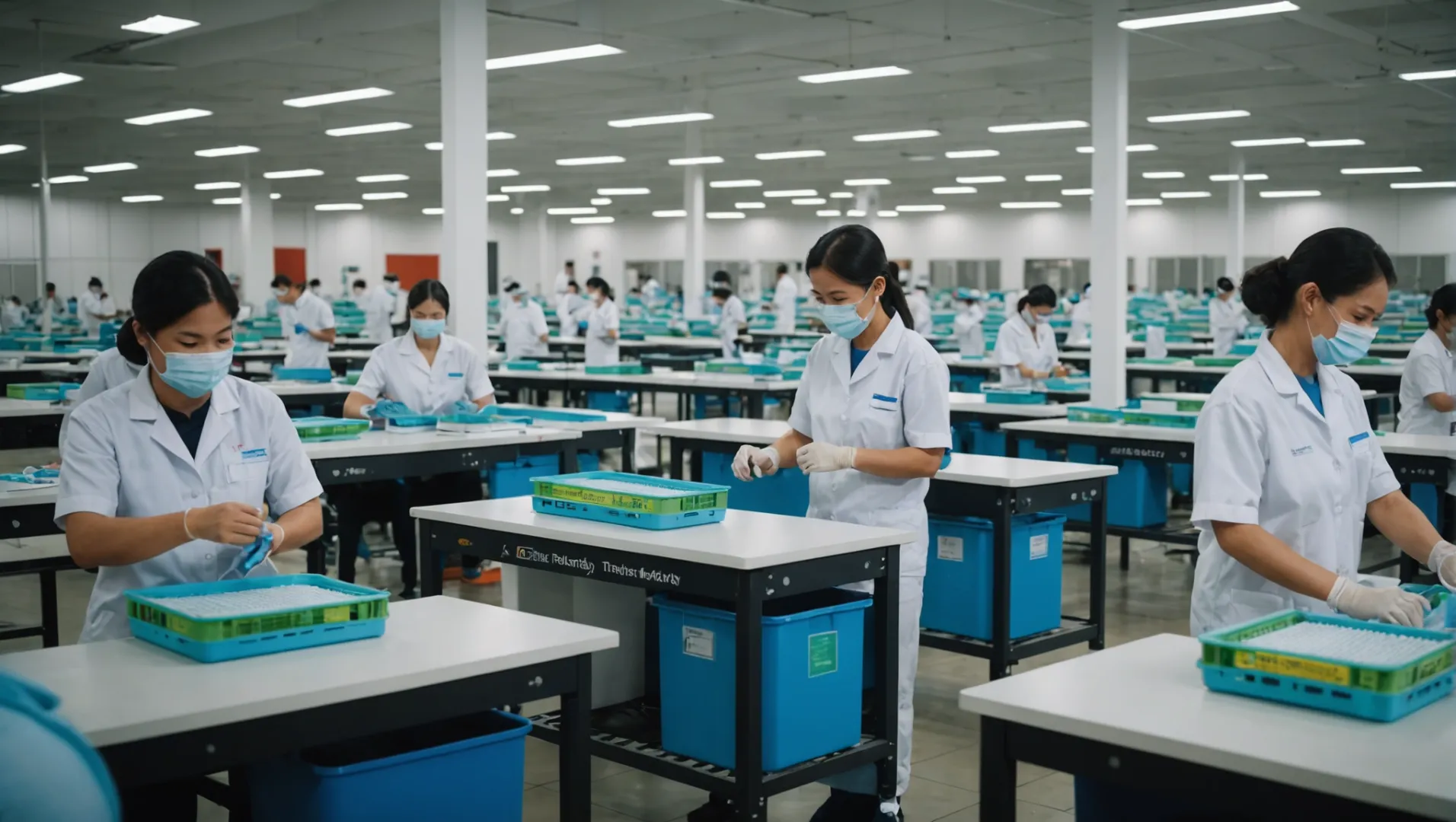
戦略的地政学的ポジション
東南アジアに位置するタイは、次のような企業にとって有利な立場にある。 ASEAN市場への進出6.アジアの主要国に近いため、メーカーは幅広い原材料に容易にアクセスでき、製品を地域全体に効率的に流通させることができる。
関税メリット
タイで生産された製品は関税の一部を回避できるため、アメリカ市場をターゲットとする企業にとってはコスト削減につながる。
新たな製造能力
中国の製造業のインフラは比類ないが、タイは独自の能力を急速に発展させている。工業団地やテクノロジー・ハブへの投資が増加しており、企業が近代的で効率的な生産施設を設置する新たな機会を提供している。
| ファクター | 中国 | タイ |
|---|---|---|
| サプライチェーン | 総合的 | 開発中 |
| 関税(米国市場) | 高い | より低い |
| 生産コスト | より低い | やや高い |
| 研究開発インフラ | 上級 | 成長 |
課題と考察
このような利点がある一方で、タイで空気清浄機を生産するには課題もある。ほとんどの部品や原材料は依然として中国から輸入する必要があり、生産コストが10-15%上昇する可能性がある。さらに、タイに研究開発(R&D)拠点を設立するには、この分野の経験豊富な専門家が不足しているため、追加投資が必要になる可能性がある。
タイでの製造のメリットを活用するため、企業はしばしば二重の戦略をとる。既存の専門知識を活用するために研究開発部門を中国に残す一方、関税の引き下げと市場拡大のために生産部門をタイに移すのだ。この "中国+1 "戦略は、以下を目指す企業の間で人気が高まっている。 サプライチェーンの多様化7.
タイが米国の空気清浄機輸出に低関税を提案。真
タイの貿易協定では、中国に比べて関税を引き下げることができる。
タイの製造コストは中国よりも低い。偽
タイは中国より生産コストがやや高い。
中国+1戦略は空気清浄機製造の未来か?
中国+1」戦略は、中国以外の生産拠点の多角化を目指すメーカーの間で支持を集めている。
チャイナ・プラス1」戦略では、メーカーが中国の事業を他国の施設で補完することで、関税や地政学的緊張などのリスクを軽減する。空気清浄機の生産にとって、この戦略はサプライチェーンの継続性と柔軟性を確保するもので、将来の製造ランドスケープにとって魅力的な選択肢となる。
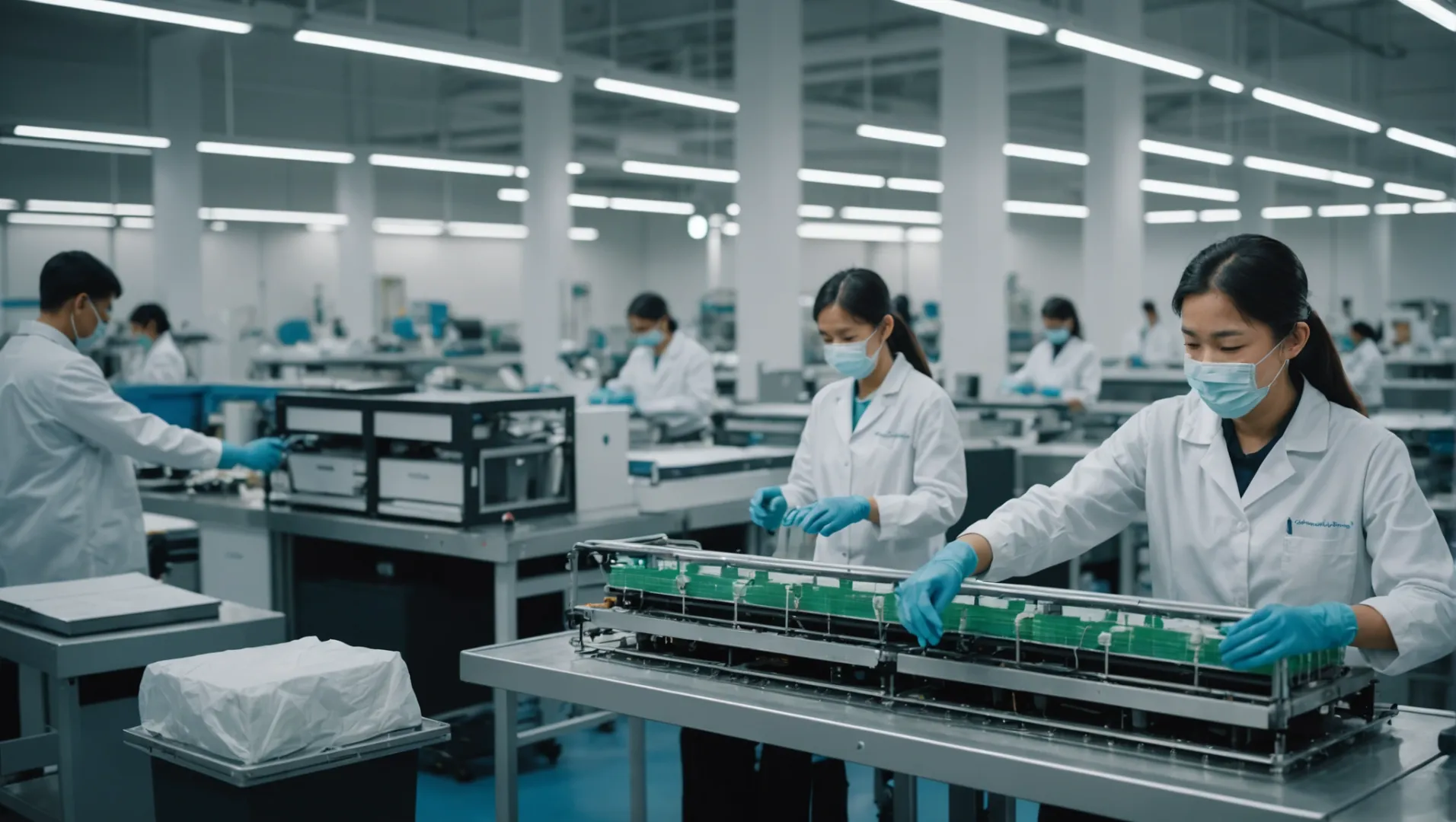
中国+1」戦略を理解する
チャイナ・プラス1」戦略とは、企業が中国国内での事業を維持したまま、中国国外に新たな生産拠点を設立するビジネス手法である。この戦略は、貿易摩擦の激化、関税の賦課、サプライチェーンの多様化の必要性への対応として登場した。空気清浄機メーカーにとって、この戦略を採用することは、潜在的な混乱に対するバッファーを提供することができる。
製造業における多角化のメリット
-
リスク軽減:生産拠点を他国に拡大することで、企業は1カ所への依存度を減らすことができる。これは、関税や政治的問題が操業に影響を与える可能性がある状況では特に有益である。複雑なサプライ・チェーンに依存することが多い空気清浄機では、第二の製造拠点を持つことで、コストのかかる遅れを防ぐことができる。
-
コスト管理:中国の製造コストは一般的に低いが、関税や物流費を考慮すると、タイのような国には競争力のある価格設定のチャンスがある。例えば、米国が中国製品に対する関税を大幅に引き上げた場合、生産コストは多少高くなるものの、関税負担の軽減によりタイでの生産が経済的になる可能性がある。
-
市場アクセス:複数の国に拠点を設けることで、さまざまな市場へのアクセスが容易になる。空気清浄機メーカーにとって、東南アジアのような主要市場の近くに生産拠点を持つことは、短納期と輸送コストの削減につながる可能性がある。
課題と考察
このような利点がある一方で、「中国+1」戦略の実施には課題もある:
-
サプライチェーンの複雑性:複数の国にまたがるサプライチェーンを管理することは、物流の複雑さを増す可能性がある。空気清浄機の部品や原材料の大半は依然として中国から輸入する必要があるため、多様化によって得られるコスト面でのメリットが相殺されてしまう可能性がある。
-
リソース配分:効率を維持するには、一次生産拠点と二次生産拠点の間で戦略的に資源を配分する必要がある。企業は、一貫した製品の品質と革新性を確保するために、現地の研究開発チームの育成に投資する必要があるかもしれない。
-
文化と規制の違い:異なる規制環境や文化的なニュアンスを理解することは、さらなる課題となりうる。現地のパートナーシップを構築し、地域の規制を理解することは、円滑な事業運営に不可欠である。
空気清浄機メーカーの将来展望
チャイナ・プラス1」戦略は、空気清浄機製造の未来を形作る上で重要な役割を果たすことになる。世界の貿易力学が進化し続ける中、生産の多様化によって適応した企業は、回復力と市場競争力を高めることができるだろう。探索 国際貿易の動向8 は、メーカーが長期的な成功のために戦略を最適化する方法について、さらなる洞察を与えてくれるだろう。
中国+1戦略は、1カ所への依存を減らす。真
生産拠点を多様化することで、リスクを軽減し、回復力を高めることができる。
空気清浄機の部品のほとんどはタイから調達している。偽
部品は主にタイではなく中国から輸入されている。
結論
結論として、中国の強みとタイの新たなメリットを比較検討することは、十分な情報に基づいた調達決定を行う上で不可欠である。世界のトレンドを先取りして、このダイナミックな市場を乗り切ろう。
-
中国の広範なサプライチェーンネットワークの複雑さを探る:中国の空気清浄機市場規模は2023年に25.8億米ドルと推定され、2024年から2030年までの年平均成長率は7.6%と予想されている。 ↩
-
中国の先進的な生産技術を学ぶ:このプロジェクトは2つの部分から構成されている。まず、高さ7メートルのタワーが汚染された空気を吸い上げ、ナノレベルで浄化する。2つ目は、炭素繊維で作られた... ↩
-
製造業にとっての中国の戦略的地理的優位性を理解する:典型的な地域的優位性には、原材料へのアクセス、構成部品へのアクセス、安価な労働力、専門労働力、物流などがある。 ↩
-
LESHA(Thailand)Ltd.は、研究開発、生産、販売、サービスを一体化した世界最大のフィルターサプライヤーです:LESHA(Thailand)社は、研究開発、生産、販売、サービスを統合した世界最大級のフィルターサプライヤーです。 ↩
-
東南アジアの潜在的な新市場を発見し、販売拡大を目指す..:東南アジアの空気清浄機市場は予測期間(2024-2029年)に10.5%以上のCAGRを記録すると予測される。 ↩
-
アセアン市場がいかに地域の流通を活性化させるか..:アセアン地域は、グローバルな経済環境の変化に適応する能力を発揮しており、アセアン諸国はその能力を十分に備えている。 ↩
-
サプライチェーンの多様化でリスクを軽減する方法を学ぶ..:チャイナ・プラス・ワンは、中国の人件費高騰を背景に2014年から2015年にかけて世界的に注目を集めた多角化戦略である。 ↩
-
進化する貿易力学を理解し、製造戦略を最適化する..:再シェアリング、ニアシェアリング、フレンドシェアリングはすべて、企業がサプライチェーンにおける脆弱性に反応するにつれて、より広まる可能性が高い。 ↩



